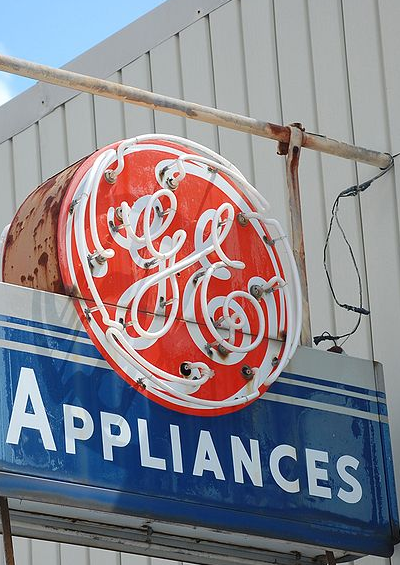GE and Siemens: What Goes Around Comes Around
A curious role reversal between the U.S.’s and Germany’s largest industrial titans.
April 20, 2015

For several decades, beginning in 1981 when Jack Welch became General Electric’s CEO, there was one mantra in the world of transatlantic business: Siemens, the stodgy German industrial conglomerate founded in 1847, could not hold a candle to General Electric, the hyper-successful U.S. industrial conglomerate founded in 1862.
That mantra held until just now. In mid-April 2015, the U.S. company decided to move away from its long-term strategy of relying on its financial services unit. This was done, among other reasons, to stop being designated as a SIFI – a systemically important financial institution.
This designation, intended for financial firms so large that their failure might trigger a financial crisis, brings with it stringent requirements.
A new strategy
Faced with that reality, GE’s management decided to overhaul the strategy it has been wedded to for some decades. Forthwith, GE will re-focus on its industrial businesses.
Anybody who has followed this long transatlantic saga must have been intrigued by what Patrick Jenkins, the Financial Time’s finance editor, recently wrote under the headline “GE Capital tells a cautionary tale for shadow banks.” Expanding on his (unsurprising) conclusion that GE now looks more like its smaller German rival, Siemens, he offered up this stunner:
“If Mr. Immelt is lucky, the financial unit may even end up with a return on equity on a par with the 20% that Siemens Financial Services currently boasts.”
One can rest assured that nobody at GE ever saw the day coming when such a statement would be on point. And few people at Siemens would have ever hoped for it.
Whatever the future holds, GE has come to the end of a long and circuitous, but highly profitable ride of milking its financial services unit to the hilt. It was, quite literally, the “cow” that could always be used to “support” its profit targets in case the industrial businesses did not perform as planned.
A pivotal purpose of that exercise, of course, was to “manage” the stock price. That was not just good for shareholders, but also GE’s top brass, with key parts of their compensation tied to the share price.
Takeaways
Until now, Siemens could not hold a candle to the US industrial conglomerate General Electric.
GE has come to the end of a circuitous but profitable ride of milking its financial services unit to the hilt.
GE and Siemens, two industrial titans, find themselves in a reversal of roles after 150 years of doing business.

